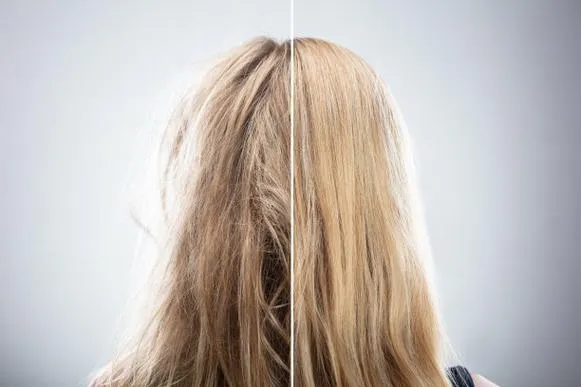Why Proper Use of a Hair Straightener Matters

Flat irons are powerful styling tools, but they can be harsh on your hair if misused. Common mistakes include:
Straightening wet hair
Using excessive heat
Skipping heat protection products
Straightening hair too frequently
These habits can weaken your hair shaft, damage the cuticle layer, and cause long-term hair health problems. Learning the correct techniques is key to achieving the look you want — without sacrificing your hair’s strength and shine.
Prepping Your Hair Before Straightening
1. Start with the Right Shampoo and Conditioner
Use a smoothing, moisturizing shampoo and conditioner to reduce frizz and prep your hair for heat styling. Look for products that include ingredients like argan oil, coconut oil, or Moroccan oil for best results.
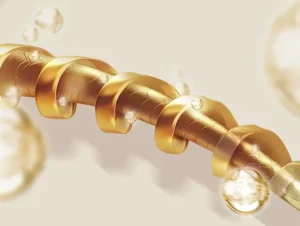
2. Gently Towel Dry Your Hair
After showering, pat your hair gently with a towel — never rub vigorously. This helps minimize frizz and keeps the hair cuticle smooth.
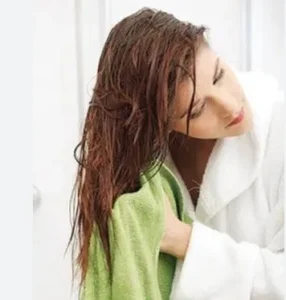
3. Blow-Dry Until Hair is at Least 70% Dry
Straightening damp or wet hair can literally fry it. Always blow-dry your hair until it’s at least 70–100% dry before using a flat iron.
Use a low heat setting on your hair dryer
Blow-dry downward to align hair strands and reduce puffiness
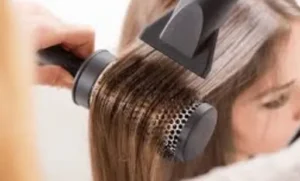
4. Apply a Heat Protectant
Spray or apply a heat protectant serum while your hair is still damp. Distribute evenly using a wide-tooth comb. This creates a barrier between your hair and the hot plates, preventing heat damage.
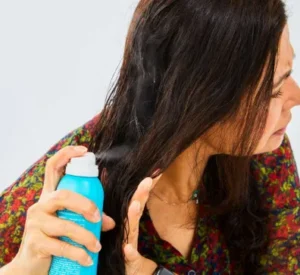
Step-by-Step: How to Use a Hair Straightener Correctly
1. Plug In and Adjust the Temperature
Let the straightener heat up. Set the temperature based on your hair type:
Fine or damaged hair: 250°F–300°F (120°C–150°C)
Normal hair: 300°F–375°F (150°C–190°C)
Thick or curly hair: 375°F–450°F (190°C–230°C)
⚠️ If you smell burning, lower the temperature immediately — you may be overheating your hair.
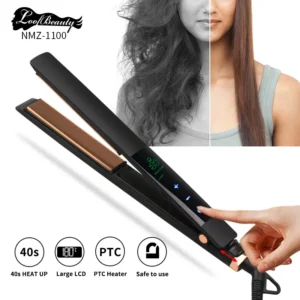
2. Divide Hair into Sections
Sectioning makes the process faster and more precise.
Divide your hair into 4–6 sections using clips
Each strand you straighten should be about 1–2 inches (2–5 cm) wide
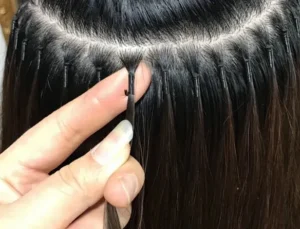
3. Start from the Roots (But Not Too Close)
Position the flat iron about ½ to 1 inch (2 cm) away from your scalp to avoid burns. Gently clamp the section and smoothly glide the iron down to the ends.
Don’t hold the flat iron in one place for too long — it can cause bends or damage
For thick hair, you may need to pass the straightener twice, but avoid excessive repetition
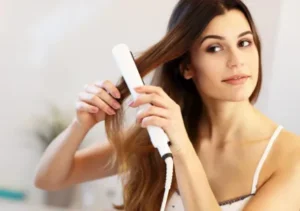
Aftercare: Maintain Your Straight Hair Without Re-damaging It
1. Use an Anti-Frizz or Finishing Spray
Apply a silicone-based anti-frizz spray or hair serum to lock in your style and protect it from humidity throughout the day.
2. Avoid Moisture Exposure
Humidity can undo your styling in minutes. Always carry an umbrella or hat if you’re heading out on a humid or rainy day.
3. Let Hair Cool Down Before Styling Further
Wait a few minutes before brushing or styling your hair after straightening. This helps the hair set in place and minimizes frizz.
Hair Straightener Safety Tips & Best Practices
Clean the Plates Regularly
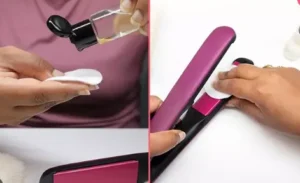
Over time, your straightener’s plates can build up residue from hair products.
Wipe with a damp cloth once a week
Never clean while the plates are hot
Store in Its Original Box or Heat-Proof Case
Avoid tossing your flat iron into drawers or bags. Instead, store it in its original box or a protective sleeve to prevent physical damage and dust accumulation.
Don’t Straighten Daily
Even with heat protection, daily use can dry out your hair. Try to limit use to 2–3 times per week and give your hair days to recover.
FAQ
Q:Can I straighten wet hair if I’m in a rush?
A:No. Using a flat iron on wet hair causes instant water vaporization, which can boil your hair from the inside out. Always dry your hair first.
Q:Why does my hair still frizz after straightening?
A:Lack of proper prep or skipping anti-humidity spray may be the cause. Use heat protectant before and anti-frizz products after straightening.
Q:Is higher temperature better for straight hair?
A:Not always. While high temperatures may straighten faster, they also increase the risk of damage. Start at a lower heat and increase only if necessary.
Final Thoughts: Style Smarter, Not Harder
Straightening your hair with a flat iron can be easy, safe, and damage-free — if you follow the right steps. From proper preparation and sectioning to safe heat levels and finishing products, every step plays a role in achieving long-lasting results and preserving your hair’s health.
Got Questions About Hair Straightening?
Leave a comment below, and we’ll help you master your hair straightening routine!
